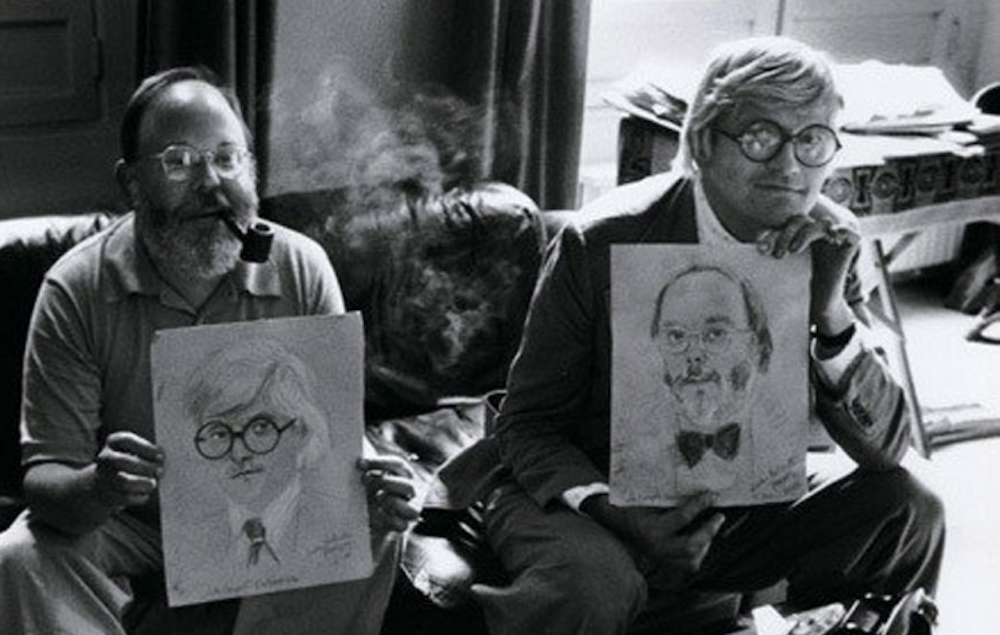By Chlotrudis Independent Film Society
Rating: 3.5 cats
Director: Peter Rosen

Country: united_states
Year: 2006
Running time: 78
IMDB: http://www.imdb.com/title/tt0472210/
Bruce says: “Henry Geldzahler was an anomaly – a gay man often traveling in circles of predominately straight artists who liked to hang out at the famed Cedar Tavern in Greenwich Village; a curator of contemporary art for a museum that eschewed modern art. WHO GETS TO CALL IT ART? explores the rise of Geldzahler to a preeminent position in the art world and the effect his personal relationships and tastes determined who in his generation of artists would achieve success. Born in Belgium, he came to New York with his family in 1940, attended Yale and Harvard and moved back to New York to become the first Curator of Twentieth Century Art and the Metropolitan at the age of 24.
“Geldzahler is most famous for his 1969 landmark show ‘New York Painting and Sculpture 1940-1970’ which took up a record 35 rooms at the Met. The show featured 35 artists. Pop art, color field paintings, conceptual art and works of minimalists – all schools never before shown at the Met – were featured. Geldzahler got 408 of the 420 paintings he wanted for the show. It was dubbed ‘Henry’s Show’ and quickly became notorious for excluding women and minority artists and big names such as Larry Rivers who Geldzahler did not like or hold in high esteem. WHO GETS TO CALL IT ART? contains archival footage of the show and lots of interviews with artists such as John Chamberlain, James Rosenquist, Mark di Suvero, Robert Rauschenberg, Frank Stella and Jasper Johns. Chamberlain is the most articulate; some of the others, particularly Stella, are verbose or too self-involved. Art dealer Ivan Karp of OK Harris gallery in Soho knew Geldzahler well and offers lots of insights into the New York art scene. Geldzahler’s relationships with Hockney and Warhol are covered as well.
“Films about art such as the biopic POLLOCK often fail miserably in explaining who the players are and why they were important. Peter Rosen does a decent job in explaining his subject to the viewer. The film contains the right amount of detail. In the 60’s the New York art scene was preeminent, having stolen the world art capital title from Paris. Rosen makes it look as exciting as it was. 3.5 cats”
